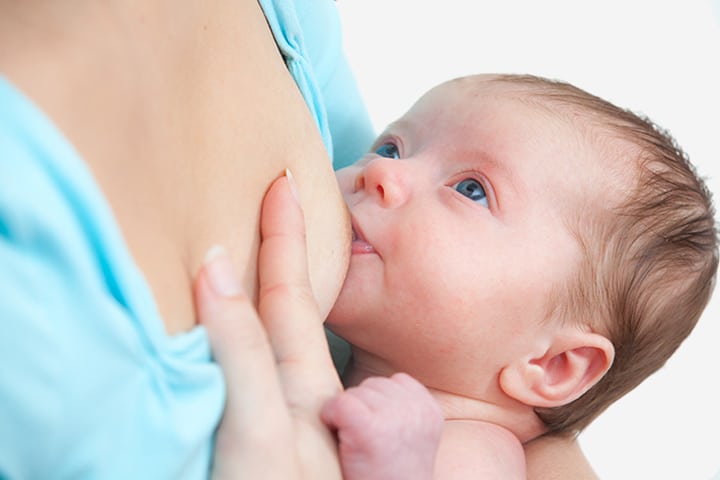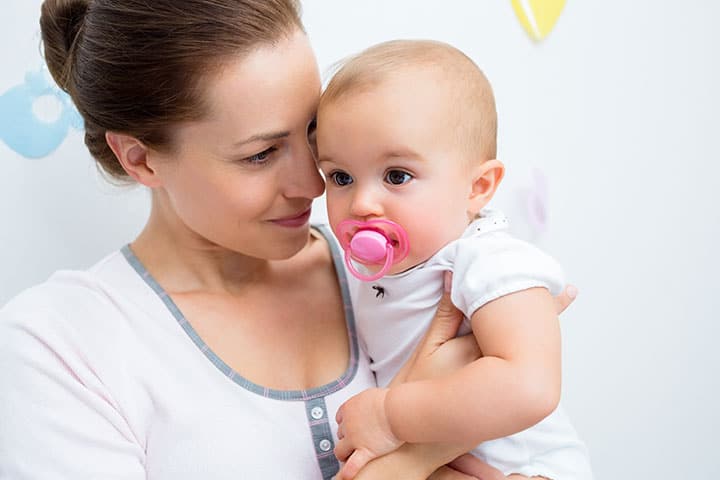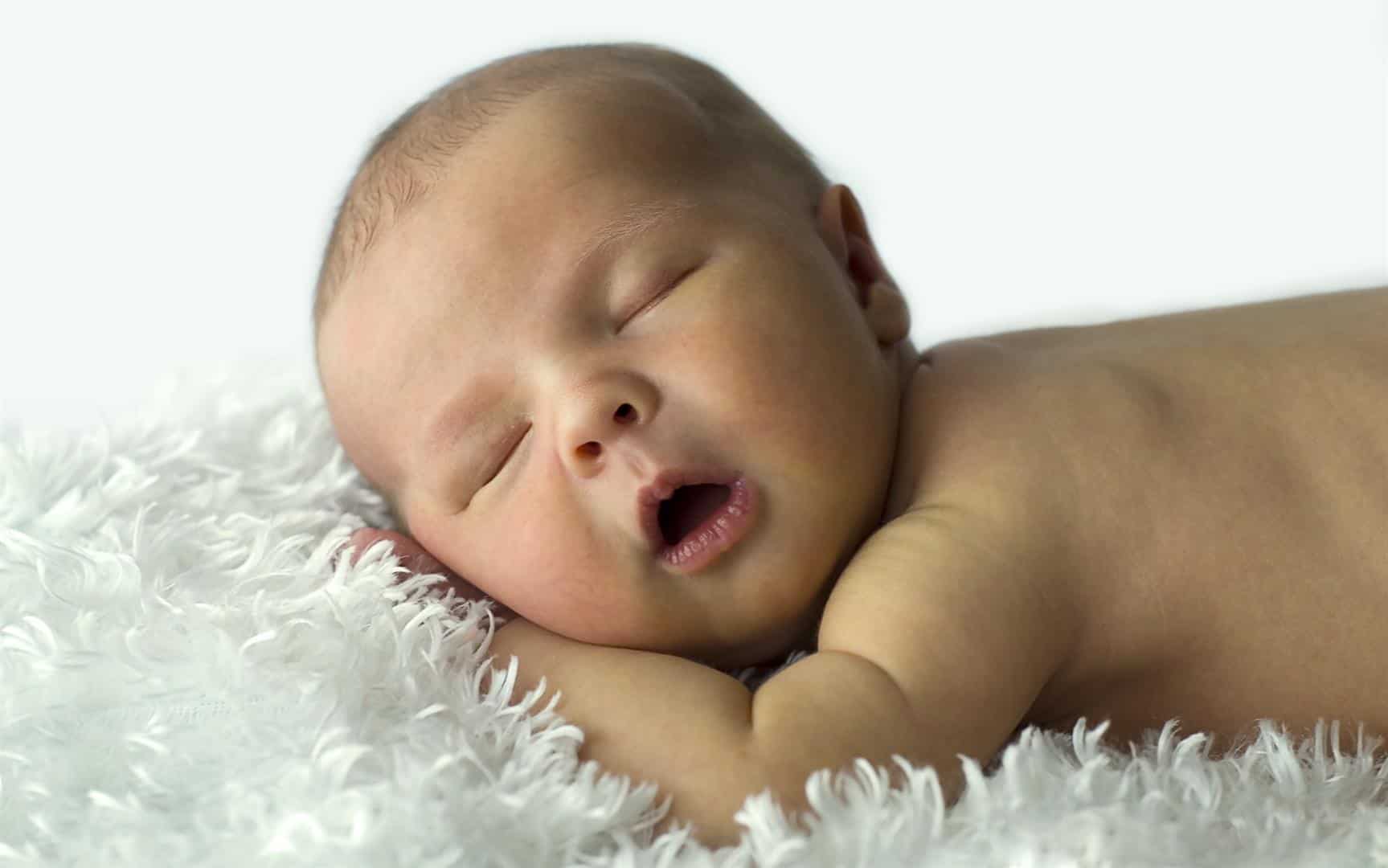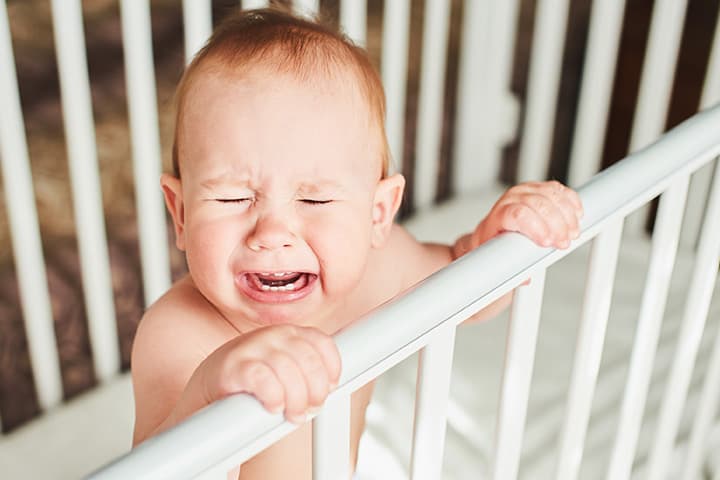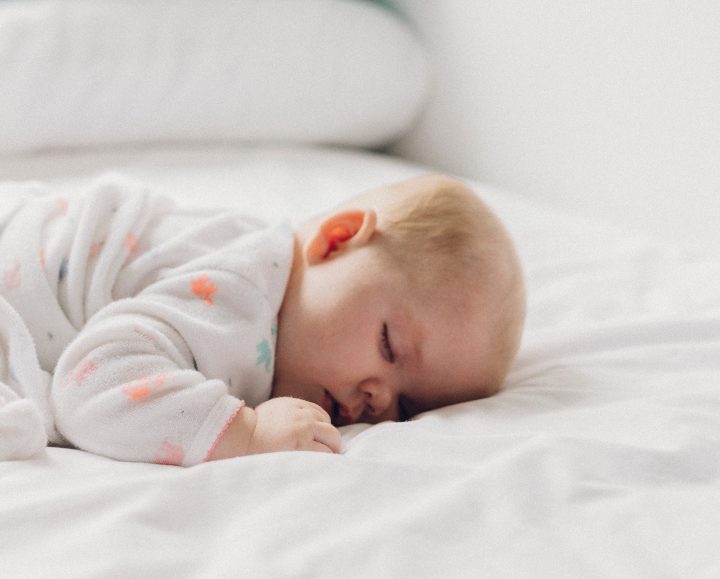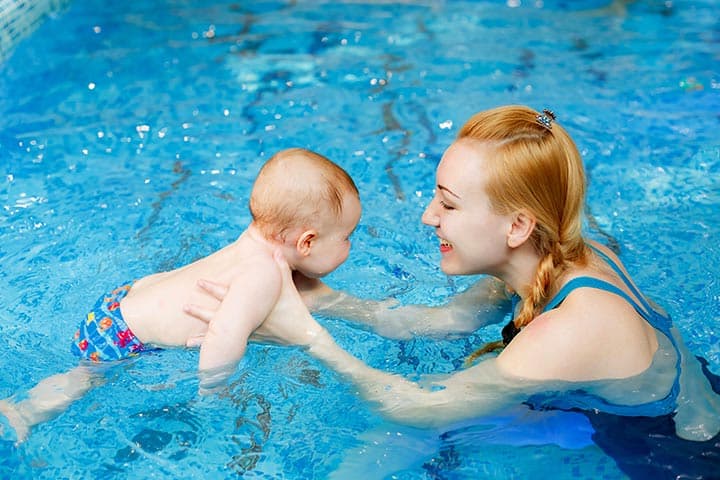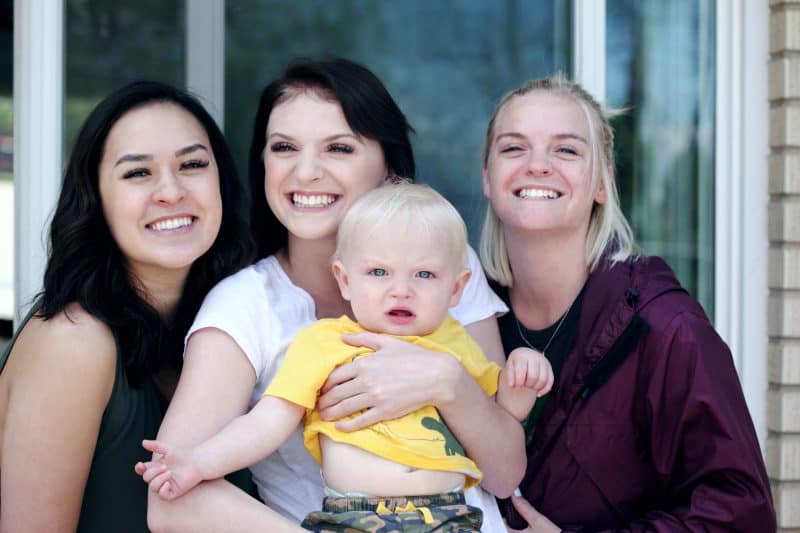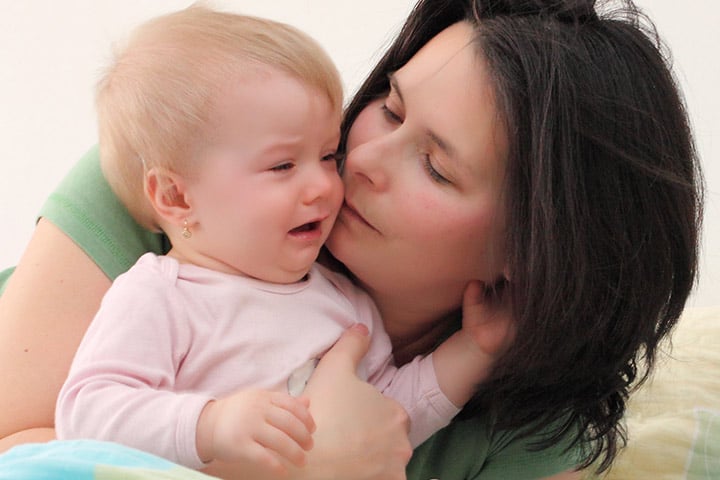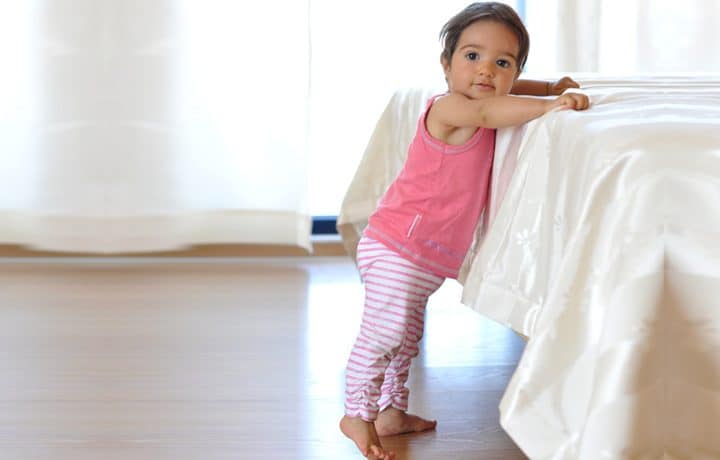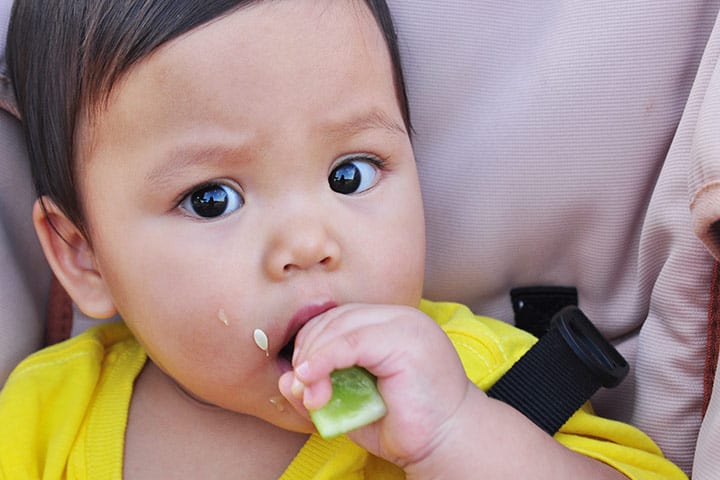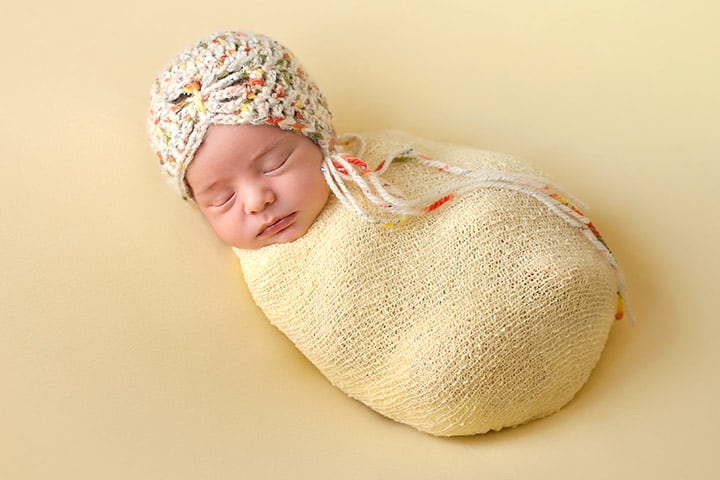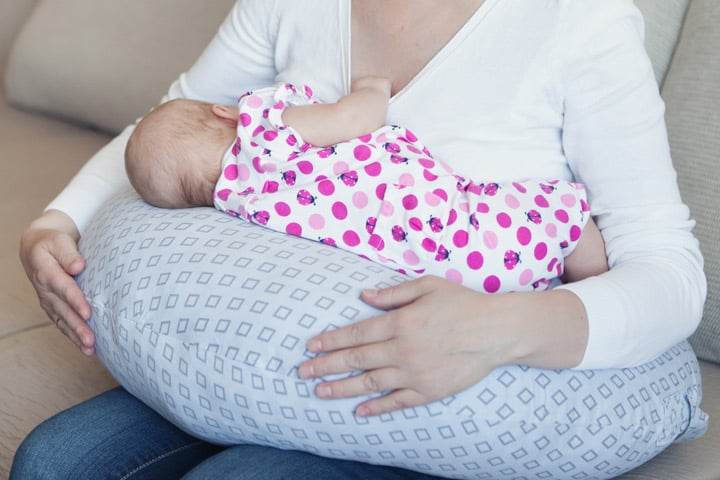With pregnancy, come a whole lot of changes in your body. Your body transforms itself radically to accommodate your baby. Now that you’ve started breastfeeding, you’re probably paying more attention to your breasts.
Every woman’s body is different, and if you’re worried about inverted nipples and how they may affect your breastfeeding, keep reading. In this article, we will discuss on why it is alright to have inverted nipples, and what you can do to ensure that you breastfeed your baby without any concerns.
Detecting Inverted Nipples:
The first step is to detect if you actually have inverted nipples. Thankfully, there’s a pretty simple way to do it.
- Just hold the edge of the areola (the outer area surrounding your nipple) gently between your thumb and your index finger.
-
- Now press in firmly and check if your nipple protrudes outwards.
- If you notice that it doesn’t get erect or protrude outwards, or if you find fine lines and creases appearing around the area, you have inverted nipples.
Is it Natural to Have Inverted Nipples?
While most nipples tend to bump outwards (especially when stimulated), there may be some cases where the nipples may retract inwards or appear flat.
- Women who are pregnant for the first time may experience this problem, but the truth is it is not actually a problem at all.
- Around one-third of all the expecting mothers do experience this condition at least once, and find this situation going away after pregnancy.
- The best part is that this inward appearance of the nipples does not affect your breast milk production in any way. In fact, experts believe that inverted nipples work as effectively as other nipples when it comes to breastfeeding.
However, some percentage of women who have inverted nipples may find minor problems while breastfeeding. Due to the tip of the nipples bending inwards, your baby may have problems latching onto your breast.
What Can I do About Inverted Nipples?
If you are worried about inverted nipples, you will probably feel very uncomfortable whenever your baby’s feed time comes up!
1. While flat or inverted nipples aren’t really a concern, if you do have some issues breastfeeding your baby, you can get yourself examined by your healthcare provider to check if there’s something you could do about it.
2. Alternatively, you can also find breast shells (also called as nipple shields) available in the market. These are made of plastic that you can wear over your nipples before you start to breastfeed your baby, and remove them out once you are done.
- It is important to note that breast shells can be seen through your clothing. Make sure you remove them as soon as you finish breastfeeding, especially if you’re wearing something flimsy or thin.
- Wearing breast shells for a longer period of time can cause sweating and rashes, so remove the shell immediately after you’re done breastfeeding your baby.
Can I Use Nipple Shields When Breastfeeding With Inverted Nipples?
You may come across plastic devices that are known as shields, that claim to draw out the nipples while you breastfeed. They are not recommended for the following reasons:
- Experts believe that using these devices for a longer period of time may affect your breast milk supply and may also prevent your baby from grasping onto your nipple properly.
- If you’re still concerned about your condition, seek help from a lactation expert.
Can I Still Breastfeed With Inverted Nipples?
Yes, women who have inverted nipples are able to breastfeed properly and perfectly. In a lot of cases, the inverted nipples turn outwards due to the baby’s suckling, so don’t be surprised if you find your nipples erect suddenly after you start to breastfeed.
We hope we helped you learn a bit about breastfeeding with inverted nipples. What did you think about this article on inverted nipples and breastfeeding? Do let us know in the comments box below.

